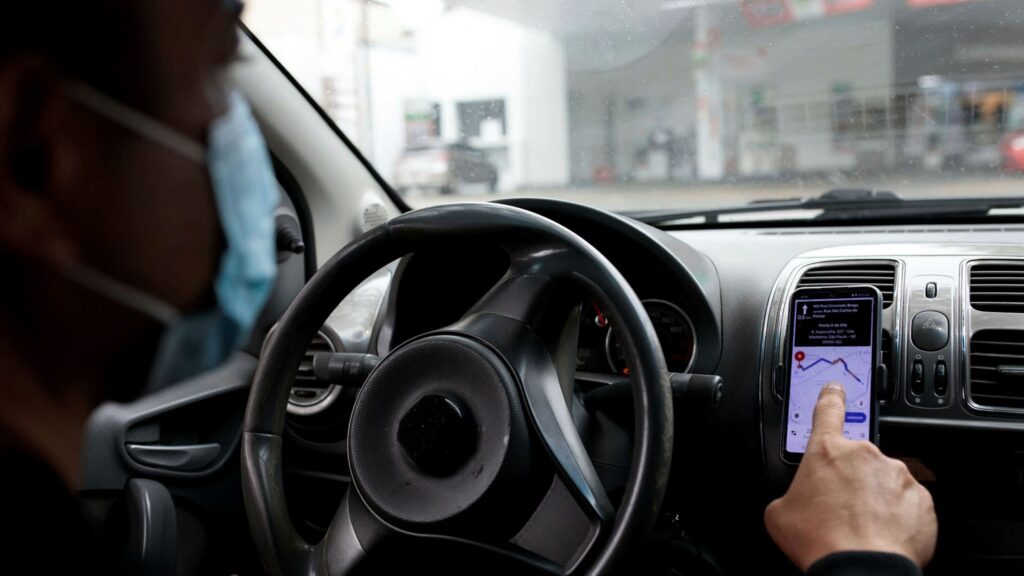Uber remains a bellwether for uncertain times


For the decade between the end of the financial crisis and the coronavirus pandemic, the ride-hailing app Uber worked as a perfect illustration of wider trends. The company’s business model relied on the one-sided flexibility of the burgeoning gig economy. Its sky-high valuation depended on abundant Silicon Valley venture capital, willing to tolerate years of losses in exchange for growth and the promise of a dominant market position. It even sparked the neologism “Uberisation” to describe how its example helped transform industries, jobs and society.
Now its travails illustrate how those trends are shifting again. After almost a decade of being able to rely on cheap and relatively swift Ubers to get around, city dwellers must get used to a new experience. A shortfall of British drivers got so bad that the chief executive Dara Khosrowshahi met with unions to recruit new workers on a visit to London.
Driver shortages at Uber mirror those in the global economy. The pandemic prompted a whipsaw in demand for taxis as it did for other goods and services. During lockdowns few were taking trips, but with the reopening, and the urge to mingle again, came a sudden bounceback. Uber said that demand in the capital had risen by about a fifth in 2021 and even more in smaller UK cities. In the meantime, thousands of drivers had found other jobs; even while economies were locked down drivers were still needed for takeaway and online shopping deliveries.
The flexibility and casual working arrangements that so benefited the company as labour markets only slowly recovered after the financial crisis work in reverse in times of labour shortage. Workers have little, or no, loyalty to the company and can switch between different apps depending on which offers the better, or closer, ride. Uber has been forced to raise rates in London and offers a bonus if drivers can recruit others.
Supply-chain disruptions and bottlenecks play a role too. The worldwide semiconductor shortage means that cars have got more expensive — the chips being essential to the vehicles — and delivery times have got longer. The drivers, too, need background checks that are more stringent and therefore, time-consuming than those for delivery drivers who just carry takeaways or packages from Amazon. Britain’s DVLA, which also issues driving licences to in-demand lorry drivers, is dealing with an extensive backlog.
Silicon Valley venture capitalists, for their part, previously accepted that the company’s losses — partly thanks to lower prices — were the cost of expansion. That is changing: the company delivered its first quarter of profit earlier this year. Investors have realised the industry is inherently competitive. Uber has little means of keeping out competitors, whether locking in consumers or drivers: in London it faces rivals, including Bolt, Ola and FreeNow, and in its home state of California a fierce competition with Lyft. That means an end to discount-fuelled expansion and more financial discipline.
Taken all together that leads to higher prices for consumers, mirroring inflation in the wider economy. Between 2018 and 2021, the price of an Uber or Lyft increased by 92 per cent, according to Rakuten Intelligence. Higher prices are likely to be here to stay, although such a sharp rate of increase is unlikely to persist. The question is what happens when more normal circumstances return. Perhaps, then, Uber will demonstrate just how abnormal the decade between the end of the financial crisis and the arrival of the pandemic really was. The era of cheap Ubers may be at an end.